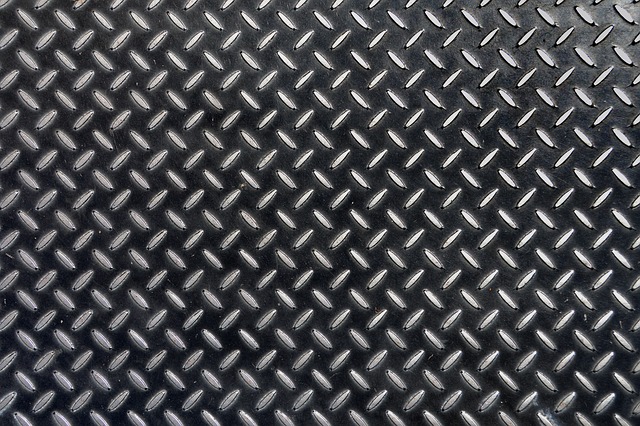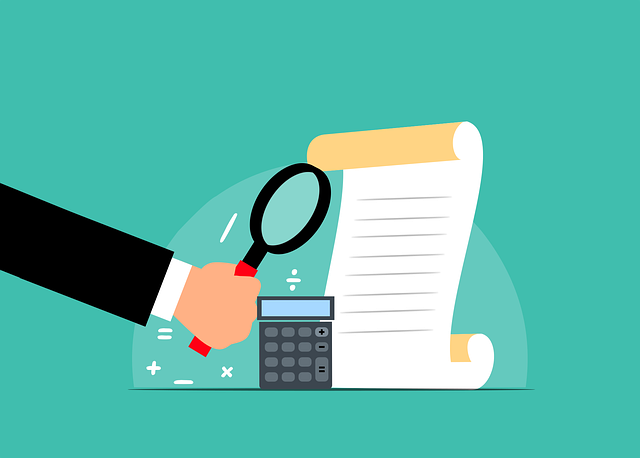Before sealing the deal on that pre-owned vehicle, a simple yet crucial step can safeguard your investment: performing a Vehicle Identification Number (VIN) plate check. This process goes beyond aesthetics; it verifies the car’s identity and unearths any hidden history. From detecting tampering to ensuring a clear title, a meticulous VIN verification is essential for a smooth purchase.
This article guides you through the intricate process, offering insights on identifying potential tampering, the benefits of incorporating VIN checks in used car inspections, and when to engage a VIN verification agency for enhanced peace of mind.
- Understanding VIN Plates and Their Importance
- The Process of VIN Verification: What to Expect
- Detecting Tampering: Signs to Look Out For
- Benefits of Incorporating VIN Checks in Used Car Inspections
- When and Why to Consult a VIN Verification Agency
Understanding VIN Plates and Their Importance

Vehicle Identification Numbers (VIN) plates are unique codes etched into every car, serving as its fingerprint in the automotive world. They play a critical role in establishing the vehicle’s identity and ensuring its history remains unaltered. Each VIN is composed of 17 characters, including numbers and letters, meticulously designed to provide extensive information about the car’s manufacturing details, specifications, and even recall history. This intricate system is a cornerstone of the automotive industry, facilitating accurate identification, ownership tracking, and compliance with legal requirements.
The importance of VIN plates extends beyond mere identification. They are an essential tool for preventing fraud and ensuring transparency during used car transactions. In cases of suspected tampering or when transferring titles, a comprehensive VIN verification process becomes crucial. Law enforcement agencies and VIN verification agencies often utilize these checks to combat theft, ensure proper title transfer, and meet motor vehicle inspection standards. By cross-referencing the VIN with official records, buyers can uncover potential issues, such as hidden damage, flood history, or outstanding loans, safeguarding them from making a costly mistake during what should be an exciting purchase.
The Process of VIN Verification: What to Expect

When performing a Vehicle Identification Number (VIN) verification, the process begins by locating and inspecting the VIN plate—typically found on the vehicle’s dashboard or near the doors. It is crucial to visually assess any signs of damage, alterations, or obvious tampering. This initial step helps identify potential red flags that might indicate a manipulated history.
After ensuring the physical plate appears genuine, the next phase involves cross-referencing the VIN with official databases maintained by government agencies or specialized VIN verification services. This process checks for any reported accidents, outstanding titles, or legal issues associated with the vehicle’s identity. It also verifies if the VIN has been used for title transfer and ensures compliance with local motor vehicle inspection requirements, especially when purchasing a used car. Law enforcement agencies may also perform VIN checks to aid in crime investigations, further emphasizing its importance as an essential automotive identity check.
Detecting Tampering: Signs to Look Out For

When conducting a VIN plate check, one of the critical aspects is detecting any signs of tampering. This could indicate that the vehicle’s history has been altered or manipulated in some way. Look out for unusual wear patterns around the plate, especially if it seems like the paint or lettering has been touched up or replaced. Also, check for signs of rust or corrosion that might suggest the plate has been removed and reattached, as this could indicate a past attempt at concealment or alteration.
Other red flags include misaligned or inconsistent fonts, uneven edges, or markings that don’t align with standard VIN plate formatting. In some cases, the plate might have been replaced entirely, leading to differences in material or design from the original. Law enforcement agencies and VIN verification agencies often use advanced techniques, including ultraviolet lighting and specialized tools, to uncover such tampering attempts during their thorough motor vehicle inspections. This is crucial for ensuring the validity of a used car inspection and meeting title transfer requirements.
Benefits of Incorporating VIN Checks in Used Car Inspections

Incorporating a Vehicle Identification Number (VIN) check into your used car inspection routine offers several key advantages. Firstly, it serves as a powerful tool to prevent fraud and tampering, especially when dealing with potential VIN plate replacements or alterations. By examining the location for signs of manipulation and cross-referencing the VIN with official records, you can quickly uncover any discrepancies in the vehicle’s history. This is crucial when considering that VIN plate tampering may indicate past accidents, repairs, or even odometer rollback, all of which are important title transfer requirements.
Moreover, a VIN verification process ensures compliance with law enforcement standards and motor vehicle inspection protocols. It helps establish the automotive identity check, verifying that the car has not been reported stolen and that its title is clear. This step is vital for buying peace of mind and avoiding future legal complications. As a comprehensive part of any used car inspection, VIN checks are a game-changer in safeguarding consumers during what can be a complex purchasing process.
When and Why to Consult a VIN Verification Agency

When considering a used car purchase, consulting a VIN (Vehicle Identification Number) verification agency is a crucial step to ensure peace of mind and avoid potential legal pitfalls. These agencies specialize in performing detailed VIN checks, which go beyond what a typical plate inspection can offer. While an initial visual examination of the VIN plate for tampering might seem sufficient, a professional agency can delve deeper into the vehicle’s history. They cross-reference the VIN with extensive databases, including official records, to uncover any hidden discrepancies or fraudulent activities related to ownership and title transfer.
A VIN verification agency is especially valuable when dealing with out-of-state purchases or vehicles with complex title histories. In such cases, local law enforcement might not have complete access to relevant records. These agencies often employ sophisticated tools and software to perform motor vehicle inspections, identifying potential issues like plate replacement or unauthorized modifications that could impact the automotive identity check. By engaging their services, buyers can ensure that the used car inspection meets current title transfer requirements and complies with legal standards, preventing future complications.
Performing a thorough VIN (Vehicle Identification Number) check is an indispensable step in the vehicle purchasing process. It acts as a crucial automotive identity check, ensuring the car’s history is clear and free from any legal discrepancies. By examining the VIN plate location for tampering and cross-referencing with official records, buyers can prevent future complications associated with title transfer requirements. This simple yet effective practice, often included in used car inspections, provides peace of mind and helps law enforcement in their VIN check operations. Should any issues arise, a reputable VIN verification agency can assist with the necessary motor vehicle inspection or even facilitate VIN plate replacement, making it an essential tool for anyone navigating the complexities of buying a pre-owned vehicle.



